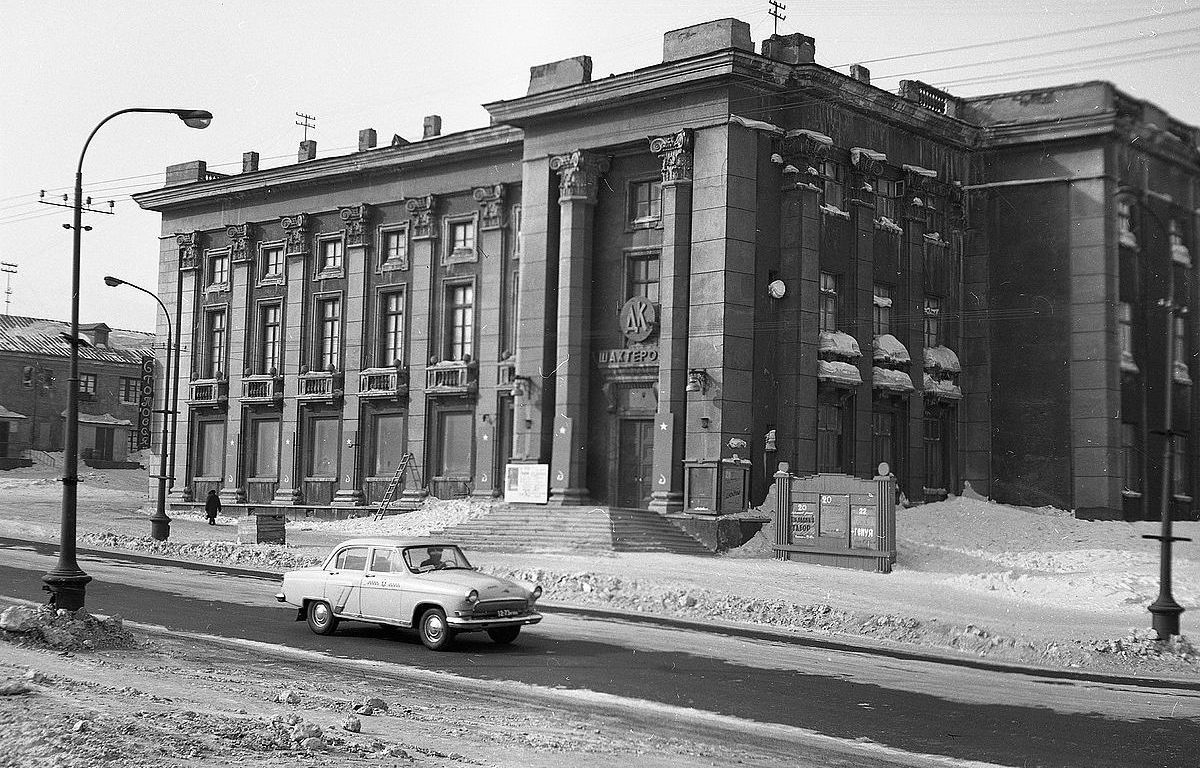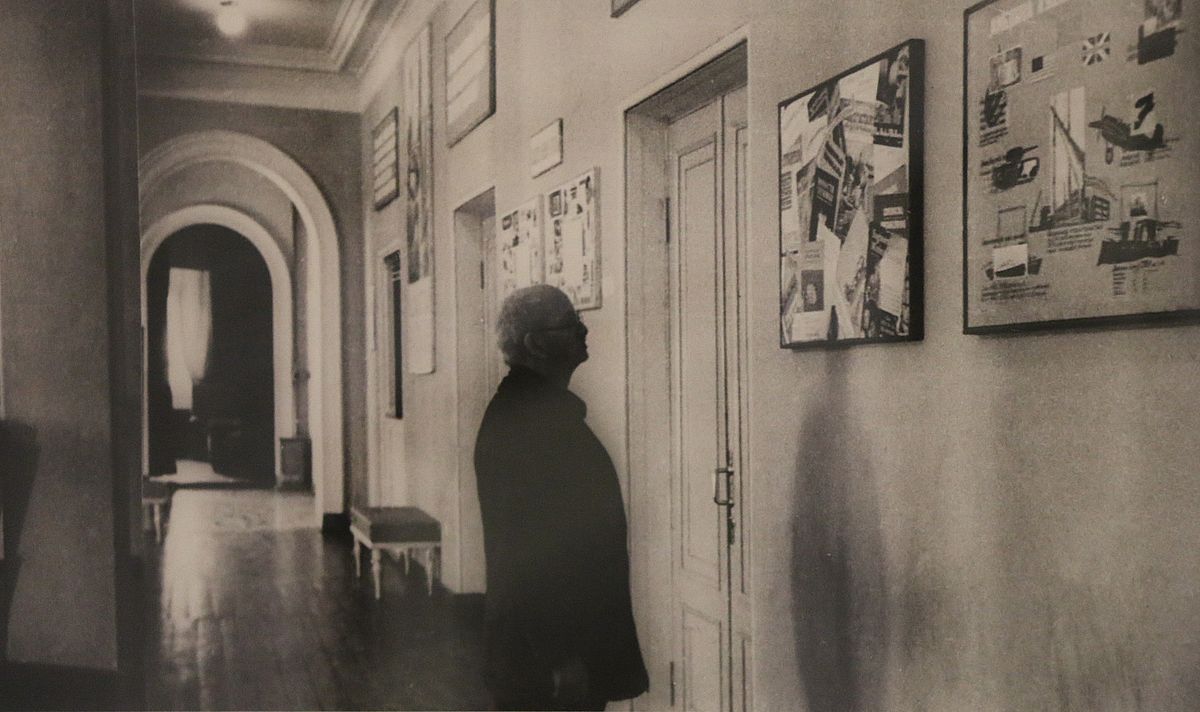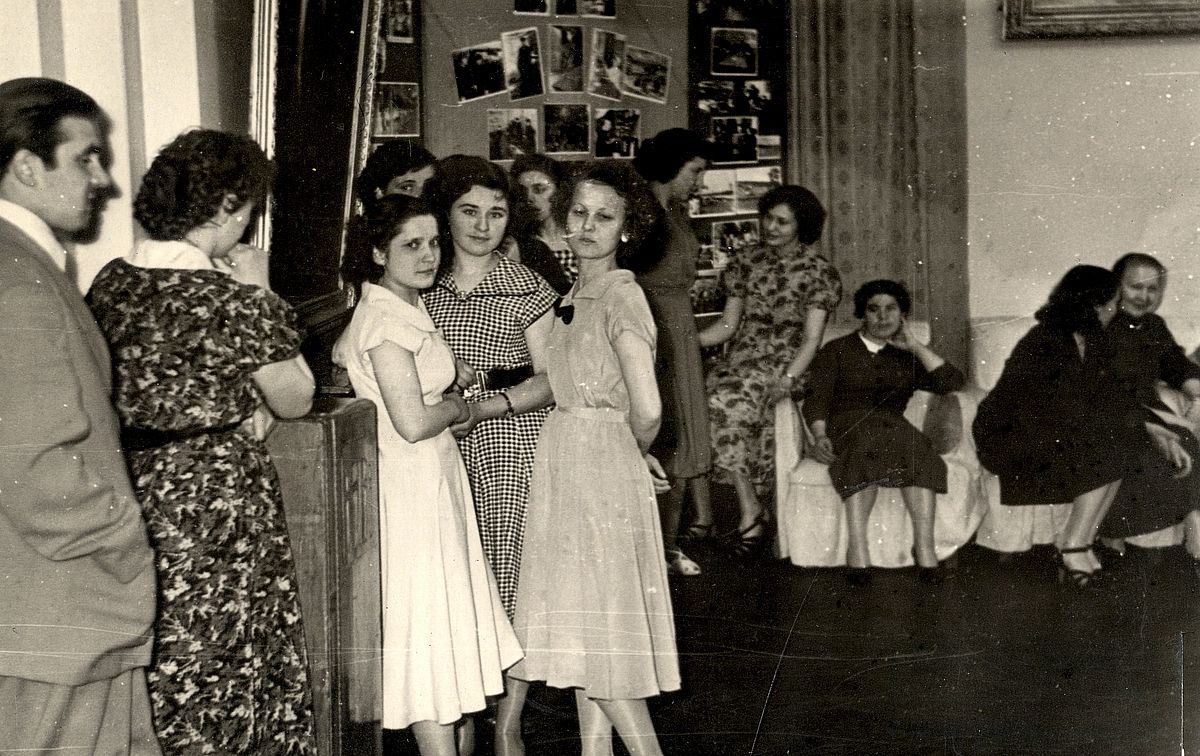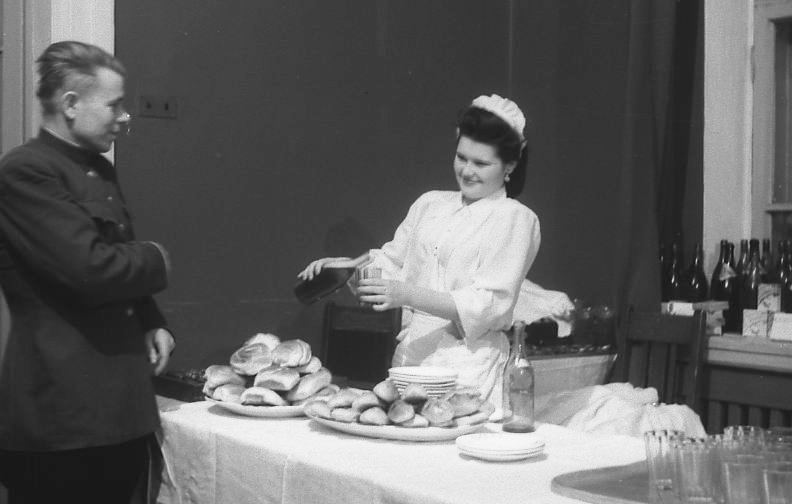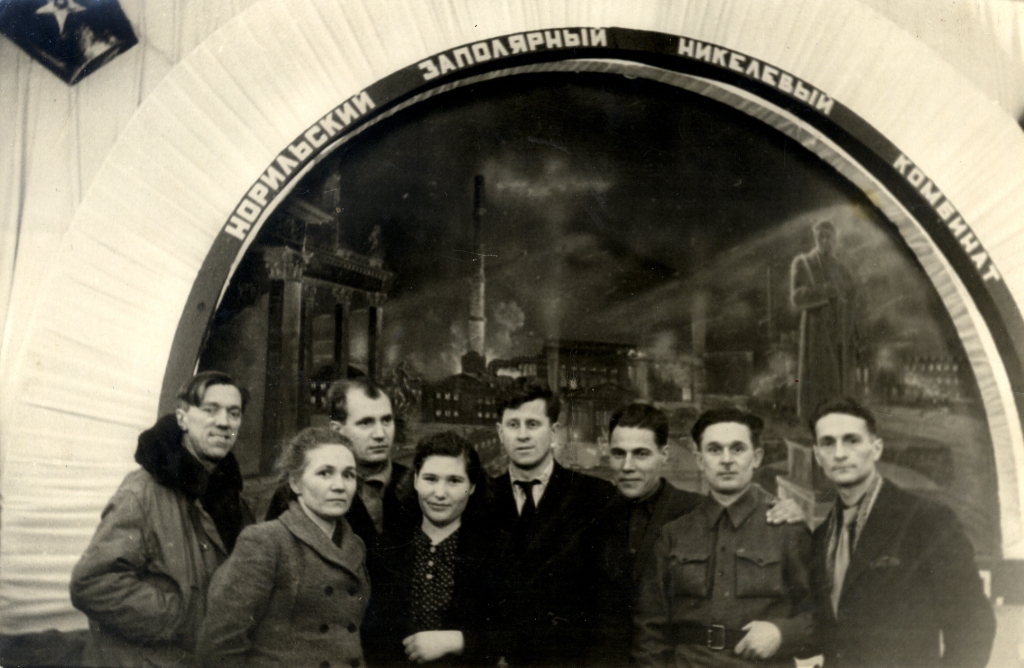#ARCTIC. #SIBERIA. THIS IS TAIMYR. The house of engineering and technical workers and the best Stahanovetses (best workers named in honor of Alexey Stahanov – most resultative worker in the USSR) – the famous DITR – opened on November 1, 1942. It was built on the main street of the village of Norilsk – Octyabrskaya, and the DITR immediately became the main cultural center.
Despite the wartime, Avraamiy Zavenyagin initiated the construction of the DITR. The project was made by young architects Vitold Nepokoichitsky and Lydia Minenko.
The DITR building became the most beautiful building. It was the first in Norilsk that corresponded to the classical canons of architecture: with stucco, balconies, pilasters and capitals.
On the eve of the grand opening, October 31, the DITR board members sewed the curtain all night. Performances of the Norilsk drama theater were played on its stage, amateur clubs gathered, a film shift and a library worked.
Dance evenings and jazz concerts, meetings and awards were held in this building, as well as seeing off the Norilsk people to the war: a map of military operations hung in the foyer.
From the report on the work of the DITR in 1942:
“…The decoration of the House of Engineers have been carried out, curtains, tablecloths have been sewn. Two pianos, chess, checkers, flower vases have been purchased. A large oil portrait of comrade Stalin is painted. The exhibition Norilsk Combine – to the Front has been arranged for the opening day. Amateur clubs have been organized, a concert has been prepared. Admission to the DITR has been carried out – 454 people and 159 members of their families. Membership cards have been issued, entrance fees have been collected”.
Although the DITR was a closed club, by hook or by crook the inhabitants of the village tried to get in: both civilians and prisoners.
It was worth it: in the DITR, all the components of cultural life were concentrated: film screenings, performances, concerts, a library, even a puppet theater.
From a memo to a DITR member:
“The House of Engineers is a club of managers, engineers and officers of the Norilsk combine. The best technicians, masters and Stahanovetses can be members of the DITR, at the special request of the enterprises heads. Each DITR member has the right to conduct one relative (wife, daughter or his lady). Entrance to the DITR is made only with membership cards”.
Later, the DITR lost the main cultural platform status, it was replaced by a music school, a recreation center, a drama theater, and the city center of culture.
And the building on Octyabrskaya street, 7, was renamed the House of Culture of Metallurgists, then – the House of Culture of Miners. But the Norilsk people continued to watch movies there, go to the Ugolyok canteen.
Now the DITR houses the Nornickel chief designer office, but the building is still considered an architectural monument of local importance.
In the History Spot photo project previous publication, we told about Vladimir Vsesvyatsky, a legendary man who even became the prototype of the Armen Dzhigarhanyan’s character in one of the performances.
Follow us on Telegram, VKontakte.
Text: Svetlana Ferapontova, Photo: Nornickel Polar Branch archive
